Best Wireless XLR Transmitters and Receivers
Learn how to convert your dynamic or condenser microphone into a wireless XLR mic in this article!
Did you know that you can make any XLR microphone wireless? All that’s required is a wireless XLR transmitter and receiver. Together, they create what’s known as a “Plug-On Microphone System”.
This article will teach you everything you need to know before purchasing a wireless XLR microphone system.
Best Wireless XLR Transmitters
For convenience, I’ve divided the results into two categories: transmitters for dynamic mics and transmitters for condenser mics. If your microphone requires phantom power, it is a condenser.
For Dynamic Mics:
Best Value Option: Xvive U3
Most Affordable: Lekato Plug-On XLR
Best for Cameras & Smart Phones: Mackie EleMent Wave
For Condenser Mics:
Best Value: Rode TX-XLR
Most Affordable: Xvive U3C
Best Overall: Sennheiser EW 500 G4
For Dynamic Mics
Best Value:
Xvive U3 Wireless Microphone System
The Xvive U3 is the most popular wireless solution for dynamic microphones thanks to its friendly price point, performance and ease of use.
Setup is as simple as setting the transmitter and receiver to the same channel. When successfully connected, the LED lights will go solid.
The internal, rechargeable batteries will last for 5 hours. Recharging is made easy thanks to an included splitter cable that allows you to charge both transmitter and receiver simultaneously.
Bottom Line: The Xvive U3 is a simple and effective system for content creators, newsshooters and live events as long as its 90’ range is enough for your needs.
Most Affordable:
Lekato Plug-On Wireless XLR System
If the Xvive is out of your budget, the Lekato Plug-On Wireless XLR System is a good, entry-level option.
The Lekato utilizes the 5.8 GHz band which is less congested than the 2.4 Ghz band, allowing for less interference, but isn’t as good at traveling around and through objects as 2.4 GHz.
Bottom Line: If your budget is tight and you will have a clear line-of-sight between transmitter and receiver, the Lekato is a good option.
For Cameras/Phones:
Mackie EleMent Wave Plug-On Wireless XLR System
If you need to wirelessly record audio from a dynamic microphone directly into a camera or phone, the Mackie EleMent Wave is the best option.
Thanks to the convenient 3.5mm output of the receiver, the receiver can easily send audio directly into cameras and phones with headphone jack inputs.
The EleMent Wave also boasts a working range of up to 230’ and an impressive battery life of 7 hours.
Bottom Line: The Mackie EleMent Wave is the perfect solution for content creators on the go. Use it to easily record high quality, wireless XLR audio directly to your camera or phone.
For Condenser Mics
Most Affordable:
Xvive Audio U3C Wireless Microphone System
The Xvive Audio U3C Wireless Microphone System is one of the most popular solutions to wireless XLR microphones due to its affordability and performance.
Setup is as simple as setting the transmitter and receiver to the same channel. When successfully connected, the LED lights will go solid.
The internal, rechargeable batteries will last for 3 hours with dynamic mics requiring 48v phantom power and 5 hours for mics requiring only 12v phantom power.
Bottom Line: The Xvive U3C is a solid entry-level plug-on wireless system for dynamic microphones. It is best suited for shorter events lasting 3 hours or less since the unit needs 2 hours to recharge the internal batteries.
Best Value:
Rode TX-XLR
The Rode TX-XLR is the most versatile wireless XLR system available.
Since you can turn phantom power on and off, the TX-XLR can be used with condenser mics or dynamic mics.
Additionally, the TX-XLR can be used as a wireless lavalier bodypack transmitter thanks to its 1/8”/3.5mm locking jack with 4v of plug-in-power.
If its 9 hours of batter life isn’t enough for your needs, the transmitter supports NP-F batteries for up to 16 hours of use.
Bottom Line: The Rode TX-XLR offers a ton of value for its price point. It’s a great stand alone system since the transmitter can transmit audio to only one receiver at a time. Conversely, the receiver can only receive audio from one transmitter at a time.
Best Overall:
Sennheiser EW 500 G4 Plug-On Wireless System
Sennheiser is one of the top professional brands out there. They understand the demands of professional production crews and design their products to meet those requirements.
The EW 500 G4 wireless system provides 48v phantom power to a condenser microphone for up to 8 hours! When the batteries die, quickly replace them with 2 AAs and keep on recording.
If you’ve already invested in the older EW 100 series wireless devices from Sennheiser, you’ll be relieved to know that the EW 500 G4 is backwards compatible and will work with those devices as well.
The EW 500 G4 has a great feature set with many nice-to-haves like all-metal construction, support for up to 32 channels, locking XLR connector, a shoemount adapter for attaching the receiver to a camera, and daylight readable LED displays.
Bottom Line: The Sennheiser EW 500 BOOM G4 is the best wireless solution for professionals needing a wireless XLR system they can depend on in any situation.
Comparison Table
| System | Price* | Battery Life | Range | Frequency | Phantom Power |
|---|---|---|---|---|---|
| Lekato Plug-On XLR | $110 | 3.5 hours | 100' / 30 m | 5.8 GHz | No |
| Xvive U3 | $199 | 5 hours | 90' / 27 m | 2.4 GHz | No |
| Mackie EleMent Wave | $199 | 7 hours | 230' / 70 m | 2.4 GHz | No |
| Xvive U3C | $219 | 3 hours | 90' / 27 m | 2.4 GHz | Yes |
| Rode TX-XLR | $499 | 9 hours | 330' / 100 m | 2.4 GHz | Yes |
| Sennheiser EW 500 G4 | $899 | 8 hours | 330' / 100 m | 470-558 MHz | Yes |
Why Make XLR Mic Wireless?
There are several situations where converting a wired XLR microphone to wireless would be convenient. Some of the most popular are listed below:
Live Vocals and Events
Cable-Free Boom Pole
Streamlined Filmmaking Workflow
Eliminate Long Cable Runs
Live Vocals and Events
For music, presentations, speech, weddings and meetings, having a wireless microphone not only makes your stage look cleaner, it is also more convenient and safer for speakers and performers.
Without having to worry about tripping over cords or being rooted to a mic stand, your clients will appreciate the benefits of having a wireless microphone to preform with and pass to their peers.
Cable-Free Boom Pole
For boom operators, managing cables can be a burden and an additional source of noise. Although solutions do exist for managing boom XLR cables, most are DIY and can still experience cable noise from the XLR cable hitting the pole and transferring that noise to the microphone.
Converting your boom mic to wireless will give you peace of mind while working on set.
Eliminate Long Cable Runs
Long XLR cables are not only expensive, they also add noise to your signal and create tripping hazards that require proper planning and cable management accessories to keep your working environment safe.
Since most wireless XLR microphone transmitters having a working range of 250’ (76 meters), converting your XLR mics to wireless will save you money and result in faster setup times and less worries in the long run.
Streamlined Filmmaking Workflow
For YouTubers, solo and small filmmaking teams, wireless XLR microphones can make post production easier with receivers that attach to your camera’s shoe and sends your XLR mic audio directly to the camera.
This eliminates the need for expensive timecode syncing devices and results in more efficient post-production.
How To Make Any XLR Microphone Wireless
Making any XLR microphone wireless is easy thanks to modern technology. All you need is a wireless transmitter and corresponding receiver.
Wireless XLR Transmitter
The transmitter plugs directly into your XLR microphone and serves two main functions:
provides phantom power to the microphone
sends audio wirelessly to receiver
Wireless XLR Receiver
The receiver plugs into your recorder or camera and also serves two main functions:
receive transmitted audio signals from transmitter
sends the transmitted signal to recorder
To learn more about additional features and specifications for transmitters and receivers, please see the section below.
Important Specs To Consider
In order to select the best wireless XLR transmitter/receiver combo for your usage, it’s important to select a pair that meets your requirements. Before shopping, ask yourself the following questions. Your answers will determine which wireless XLR system is best for you.
What is your budget?
How long do you need to record for before changing batteries?
What is the maximum distance your microphone will travel from the receiver?
What frequency bands do you need to operate within to abide by local laws and regulations?
These 4 questions outline the most important specifications to consider when shopping for a wireless XLR system: cost, battery life, range, frequency. More information for each specification is listed below.
Cost
Your budget should be your first consideration when shopping for anything. Filtering products with your set budget will greatly reduce the number of options shown and will simplify your decision making process.
For a complete wireless XLR microphone system (transmitter and receiver), prices range from $100-$1000.
Battery Life
Battery life is the next consideration. Be sure that your plug-on wireless microphone system can power itself for at least the maximum duration of uninterrupted audio you will have to record.
For example, if you work on a production film set as a boom operator and record takes in 3-hour blocks, you’ll want to make sure that your wireless microphone system can comfortably power itself for that duration.
They say that good audio isn’t noticeable and the same could be said for production sound mixers! Interruptions to the filmmaking process to do retakes because of audio issues are the worst. Too many interruptions can even cost you your job!
Limit the amount of interruptions to the filmmaking process by making sure your wireless microphone system has enough battery life to get the job done.
Range
You may see the range of wireless XLR transmitters and receivers listed as “max working distance”. Either way, this specification measures the maximum distance between transmitter and receiver at which the two can still communicate and function properly.
*Note: Max range is always measured with a clear line of sight. In other words, if you have walls or other solid objects between transmitter and receiver, the range will be severely decreased.
Frequency
Wireless communication between devices is regulated world-wide. Every country has the authority for regulating the use of the frequency spectrum within their borders. Before purchasing a wireless device, make sure it is in compliment with your local laws and regulations.
For more information, please see this resource from the FCC: https://www.fcc.gov/engineering-technology/policy-and-rules-division/general/radio-spectrum-allocation
If you’re in the US, this is a great, comprehensive guide to wireless regulations: https://www.linxtechnologies.com/wp/wp-content/uploads/fcc_resource_document.pdf
Alternatively, you can use a device that operates on what are known as ISM bands. ISM bands are unlicensed frequencies dedicated to industrial, scientific and medical use that are free to use as long as certain rules are followed. Two ISM bands commonly used in wireless XLR systems are 2.4 GHz and 5.8 GHz.
Pros & Cons of Wireless XLR Transmitters
Pro:
Con:
Final Thoughts
Wireless technology advancements has made converting any dynamic or condenser XLR microphone into a wireless one easy. There are a number of options available for both kinds. I hope that this guide has taught you everything you need to know so that you can make the best decision for yourself.
If you have both dynamic and condenser microphones that you’d like to make wireless, go with the Rode TX-XLR. Just make sure phantom power is turned off before plugging in your dynamic mic! Forgetting to do so could ruin your dynamic microphone.
If you have any questions, please feel free to contact me. Thanks!
Support Acoustic Nature
If you enjoyed this post and would like to help support Acoustic Nature, please consider "buying me a coffee" or becoming a Patreon with the buttons below.
As a thank you for your support, Patreon supporters receive a copy of Field Recording For Beginners, exclusive access to the full Behind The Sounds video series, nature sound library downloads, and more.
If you are unable to support the site financially, please share this post with others, or leave a comment below letting me know you enjoyed this post! Both are free and help the website grow. Thank you ♫
Thanks for reading,
-Jared


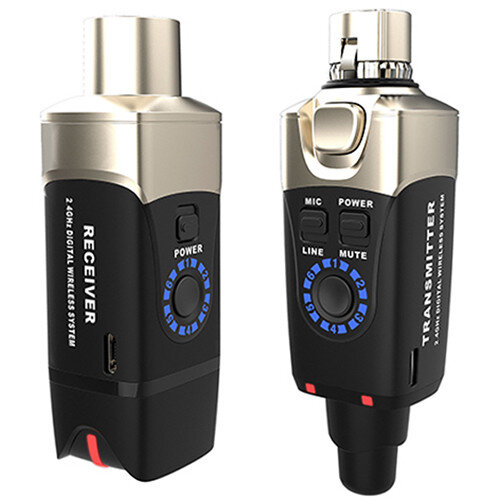
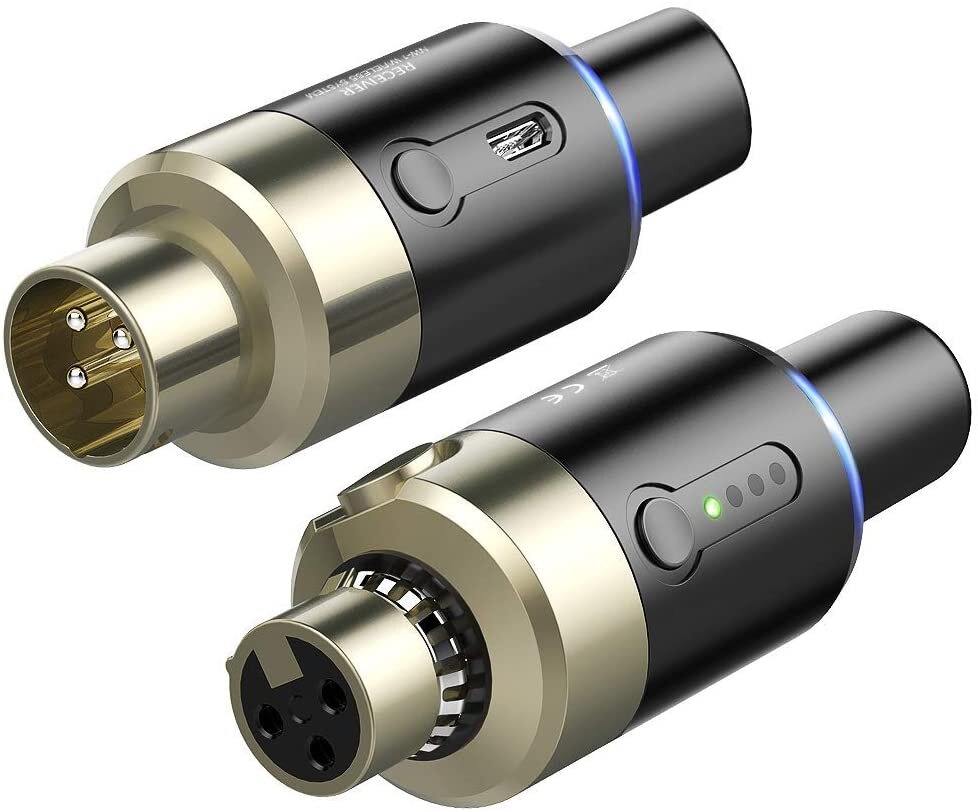
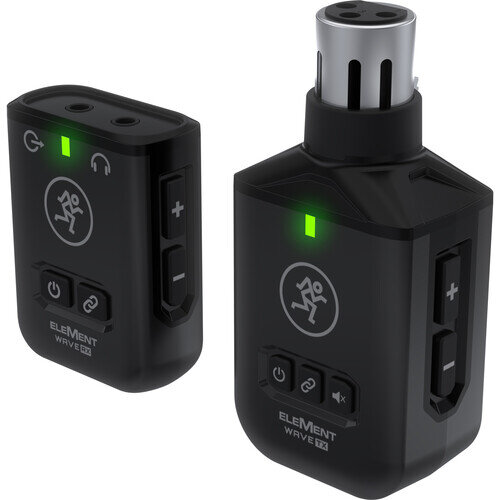

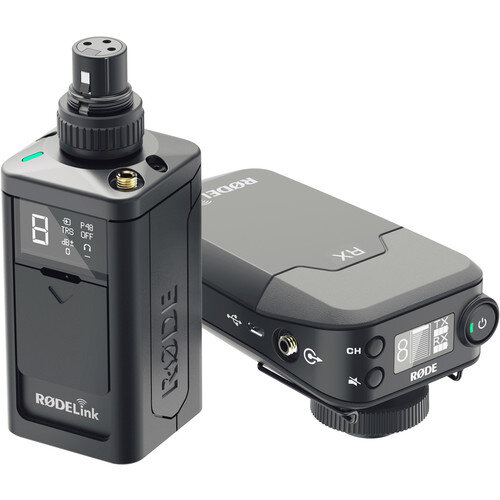
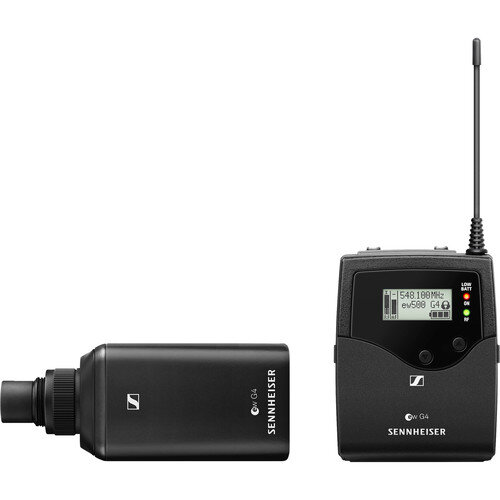

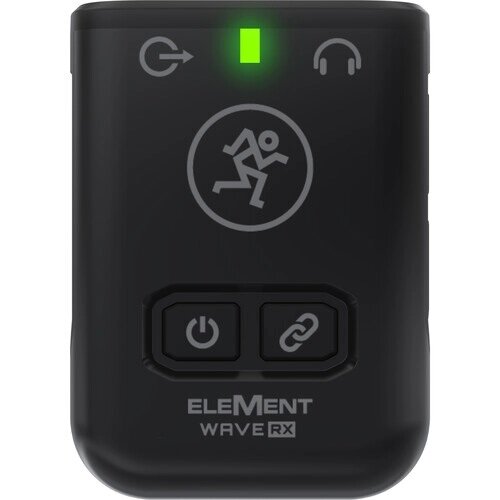

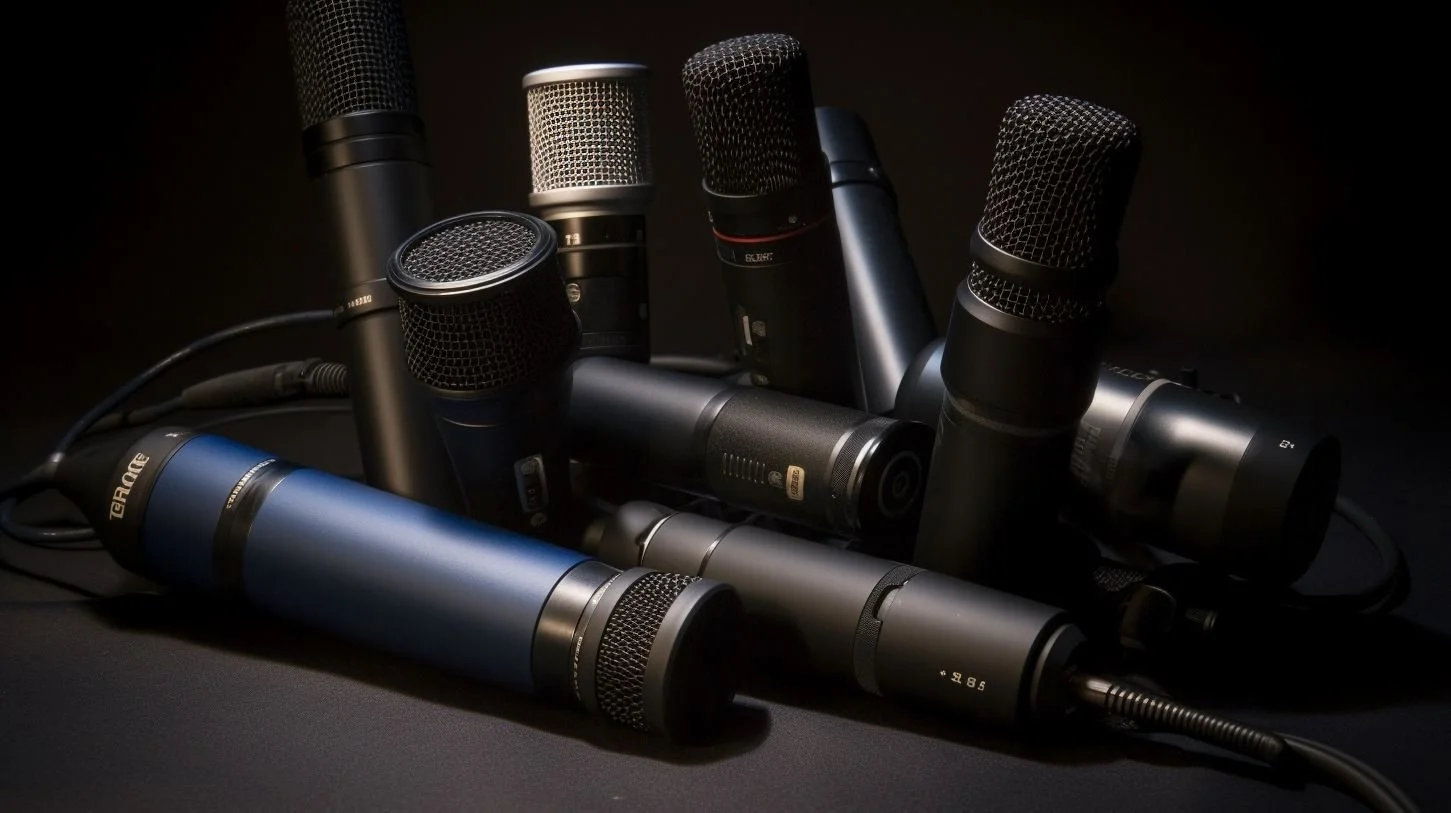









Professional thoughts and opinions on the new Zoom “Essentials” series of field recorders.